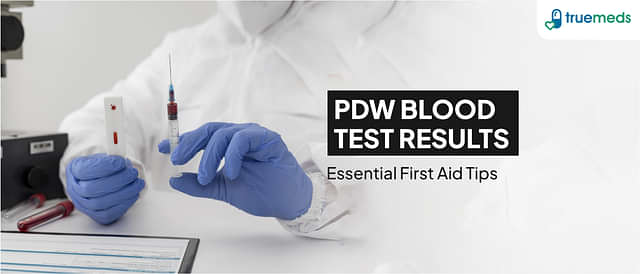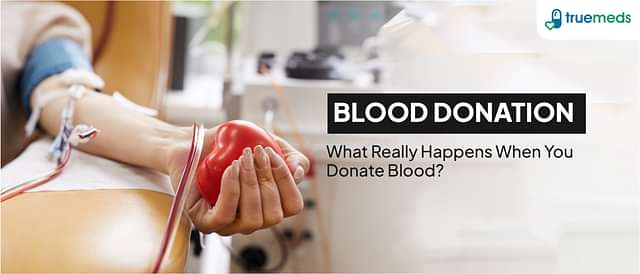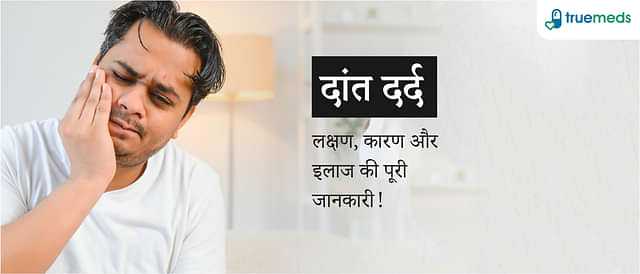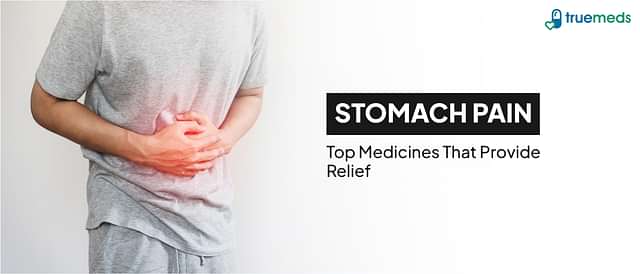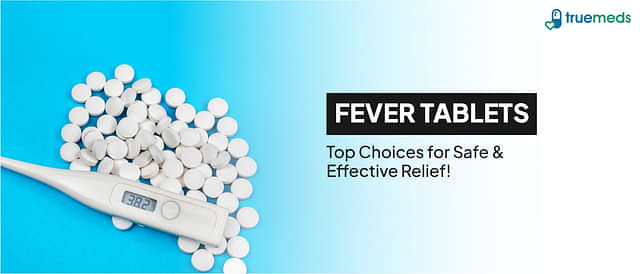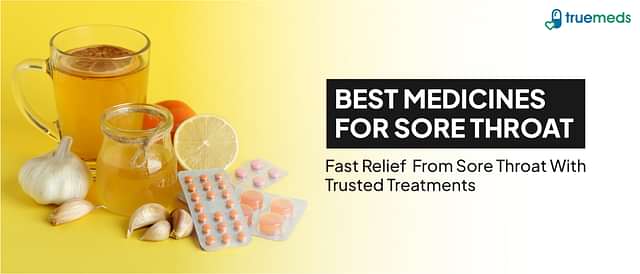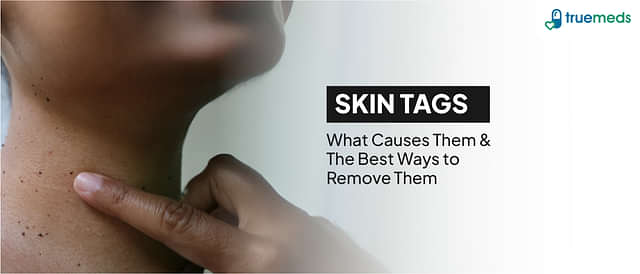Strengthening Global Sickle Cell Communities: A Step Towards a Brighter Future
Last updated on : 12 May, 2025
Read time : 9 min
Sickle cell anaemia is the most common form of inherited blood disorder. Blood contains an essential component called Red blood cells or RBCs. These RBCs aid in carrying oxygen to all body parts. Usually, RBCs are disc-shaped. Thus, it helps them to move through the narrow blood vessels. In some people with sickle cell anaemia, the RBCs are not disc-shaped. They are crescent-shaped. The crescent shape of RBCs resembles the shape of a sickle. As a result, these RBCs become sticky and cannot go through the blood vessel. This change in the structure of the RBCs affects the oxygen transport in the body.
Sickle cell disease (SCD) is a chronic genetic disorder that deteriorates health. SCD presents with chronic anaemia, recurring pain, and obstructing organ flow. These complications can lead to long-term organ damage. It reduces life expectancy.
Sickle cell anaemia is a significant public health concern. The 63rd General Assembly of the United Nations passed a resolution on December 22, 2008, to promote awareness of this genetic disease on June 19. The celebration of the first Sickle Cell Day took place on June 19, 2009.
This article aims at understanding the disease, its symptoms, causes, and possible treatments. Its goal is to raise awareness about this global health problem.
What do numbers say about Sickle cell disease?
Sickle cell disease affects an estimated 300,000 babies worldwide each year. Thus, making it one of the most prevalent inherited diseases globally. Low and middle-income countries account for most cases of sickle cell disease.
SCD is common among people of Mediterranean, South American, Middle Eastern, and South Asian ethnicity. Sickle cell disease appears more common in regions where malaria is prevalent.
India bears a significant burden of sickle cell disease. It ranks with having the second highest number of cases worldwide. The disease affects marginalised populations, especially the scheduled tribes. Among the Scheduled Tribes in India, SCD affects approximately one in every 86 births.
Symptoms of Sickle cell disease
Sickle cell disease is a genetic condition present since birth. But, most infants only experience symptoms once they reach around 5 or 6 months of age. Symptoms of sickle cell disease may differ from one individual to another. Some typical signs and symptoms associated with the condition are as below-
- Fatigue
- Chronic kidney diseases
- Shortness of breath
- Pain and discomfort
- Chest pain
- Swelling in arms and legs
- Jaundice
- Muscle weakness
- Inflammation
- Delayed development
- Frequent infection
Sickle cell disease causes and their types
Sickle cell disease runs in families. People with sickle cell disease get two faulty haemoglobin genes. One from each parent is called haemoglobin S.
There are different types of sickle cell disease. The main ones include:
- HbSS: A person suffers from HbSS when a person acquires two sickle cell genes, one from each parent. This type of sickle cell anaemia is the most severe sickle cell disease.
- HbSC: It occurs when someone gets a sickle cell gene from one parent and an abnormal haemoglobin gene from the other. HbSC is a genetic condition usually less severe than HbSS.
- HbS beta-thalassemia: This type of Sickle cell anaemia appears when a person gets a sickle cell gene from one parent and a beta-thalassemia gene from the other.
- Sickle cell trait: When a person acquires one haemoglobin S gene from only one parent and a normal haemoglobin from the other, they have sickle cell trait. A person with sickle cell trait is healthy. They are the carrier of the disease as they have faulty Haemoglobin S gene. This means there is a high chance of passing the disease to their child.
Sickle cell disease treatment
Treatment plans for sickle cell anaemia may include medicines or transfusion. These methods help in managing further complications, including severe painful episodes.
Medication for the treatment of sickle cell disease are
- Hydroxyurea: This oral medicine provides relief from pain in adults. It has been beneficial in averting anaemia. Hydroxyurea minimises the need for transfusions and hospital admissions.
- L-glutamine oral powder: The FDA has approved using L-glutamine in individuals aged five and above. L-glutamine helps to reduce the occurrence of painful episodes.
- Crizanlizumab: This medicine can be used by adults and children aged 16 years and older with sickle cell disease. The route of administration of this medicine is through an IV line. It helps prevent blood cells from sticking to the walls of blood vessels. Doing so reduces the chances of blockages, inflammation, and painful episodes.
- Voxelotor: Voxelotor can treat sickle cell disease in adults and children aged four years. The medicine prevents red blood cells from changing into a sickle shape. It also prevents blood cells from sticking together. It minimises the destruction of red blood cells and lowers the chances of anaemia. It also increases blood flow to the body’s organs.
- Pain-relieving medications: Individuals can manage moderate pain by taking over-the-counter. Pain relief medications like acetaminophen and ibuprofen are some options. But always talk to your doctor before taking any medications.
Other methods to manage sickle cell disease
- Blood transfusions: One of the procedures to manage sickle cell disease is a blood transfusion. The method involves injecting healthy RBCs from donated blood into people with SCD through a vein. This increases the average red blood cells in the body. It helps reduce symptoms and potential complications.
- Bone marrow transplant: The sole known cure for sickle cell disease is a bone marrow transplant. This procedure entails removing the damaged bone marrow. Then, doctors replace it with healthy bone marrow obtained from a compatible donor. It is the most successful treatment for sickle cell anaemia. A bone marrow transplant improves the quality of life for individuals.
Emergency care
Sickle cell disease can lead to severe and life-threatening health problems. If someone encounters the following symptoms, seek emergency medical care immediately.
Signs of severe anaemia:
- extreme tiredness
- difficulty breathing
- feeling dizzy
- having an irregular heartbeat.
- Severe anaemia occurs due to blockage of the splenic vessels by sickle cells.
Fever:
In people with sickle cell disease, the body temperature exceeds 101.3 degrees Fahrenheit. It is crucial to see a healthcare provider and receive antibiotic treatment. Some individuals may need hospitalisation for necessary medical care.
Symptoms of acute chest syndrome:
These may include chest pain, coughing, fever, and difficulty breathing. Proper management of SCD may involve antibiotics, oxygen therapy, or a blood transfusion. This may need admission to the hospital.
Symptoms of stroke includes sudden weakness, numbness in the body, and confusion. Other warning signs are difficulty with speech, vision, or walking.
Priapism:
It is necessary to go to the hospital if you experience an erection lasting for 4 hours or more.
Challenges faced by individuals with SCD
Living with SCD poses many challenges for affected individuals and their families. Some of the fundamental difficulties faced by individuals with SCD in India include:
- Lack of Awareness: Lack of awareness about SCD leads to a delay in diagnosis. People don’t have an adequate understanding of the disease. Individuals with SCD often face social stigma and discrimination. This adds to their emotional and psychological burden.
- Accessibility to Healthcare: People with SCD have limited access to specialised healthcare facilities. The resources in remote areas hamper the early detection and management of SCD. This results in inadequate care, delayed interventions, and increased morbidity and mortality rates.
- Financial Constraints: The cost of managing SCD can be significant. Treatment costs include regular medical check-ups, medication, and potential hospitalisations. These financial challenges further exacerbate the burden affected individuals, and their families face.
Why of world sickle cell day is essential?
World Sickle Cell Day is a platform to raise awareness about sickle cell disease. It dispels misconceptions and advocates for better support systems for those affected.
By working together, we can boost lives and reduce the stigma of those affected by SCD. Working together will contribute to advancements in research and treatment.
This year’s world sickle cell day theme is “Building and Strengthening Global Sickle Cell Communities, Formalizing New-born Screening and Knowing Your Sickle Cell Disease Status“. Understanding the genetic status of babies and grown-ups is crucial to fight against sickle cell disease. In many parts of the world, parents often find out about their genetic status for sickle cell disease only after they have children.
Efforts to Address SCD in India:
Several initiatives have been undertaken in India to address the severity of SCD:
- National Sickle Cell Control Program: The Government of India has launched the National Sickle Cell Control Program to increase awareness about the disease. It also provides screening and diagnostic facilities. This helps to enhance the quality of care for individuals with SCD. The program focuses on early detection, counselling, and appropriate treatment interventions.
- Community-Based Programs: Non-governmental organisations (NGOs) and community-based initiatives work towards raising awareness. It facilitates individuals with SCD to access healthcare. These programs aim to empower affected individuals, their families, and the community.
- Genetic Counseling and Screening: Genetic counselling services promote health education to individuals and families about SCD. Healthcare professionals carry out genetic screening programs to identify disease carriers. This assists individuals in making informed reproductive decisions.
Conclusion:
Sickle Cell Anemia is a challenging condition that affects millions of people worldwide. Early diagnosis and comprehensive care are critical for a bright future for individuals with Sickle Cell Anemia. Continued research on effective pain management will also help to lead fulfilling lives. Let us all join hands to raise awareness about this disease. Let us strive towards a world where Sickle Cell Anemia is better understood.
Truemeds can give a helping hand to those who have sickle cell disease. Avail free consultations on uploading medicine prescriptions on our website. You can save up to 72% on your medicine purchase. You will get all the medicines delivered to your doorstep anywhere in India.
Reference:
- Serjeant GR, Ghosh K, Patel J. Sickle cell disease in India: A perspective. Indian J Med Res. 2016 Jan;143(1):21-4. doi: 10.4103/0971-5916.178582. PMID: 26997009; PMCID: PMC4822363.
- Raman V, Seshadri T, Joice SV, N Srinivas P. Sickle cell disease in India: a scoping review from a health systems perspective to identify an agenda for research and action. BMJ Glob Health. 2021 Feb;6(2):e004322. doi: 10.1136/bmjgh-2020-004322. PMID: 33602689; PMCID: PMC7896595.
- Serjeant G. World Sickle Cell Day: Lessons for India. Indian J Med Res. 2017 Jun;145(6):705-707. doi: 10.4103/ijmr.IJMR_1208_17. PMID: 29067968; PMCID: PMC5674536.
- https://www.cdc.gov/ncbddd/sicklecell/features/world-sickle-cell-day.html
- https://www.nhlbi.nih.gov/health/sickle-cell-disease/symptoms
Disclaimer
Our healthcare experts have carefully reviewed and compiled the information presented here to ensure accuracy and trustworthiness. It is important to note that this information serves as a general overview of the topic and is for informational purposes only. It is not intended to diagnose, prevent, or cure any health problem. This page does not establish a doctor-patient relationship, nor does it replace the advice or consultation of a registered medical practitioner. We recommend seeking guidance from your registered medical practitioner for any questions or concerns regarding your medical condition.
Popular Articles
Recent Articles
Top-Selling Medicines:
...View more
Top-Selling OTC:
...View more
Company
About UsHealth ArticleHealth StoriesDiseases & Health ConditionsAyurvedaAll MedicinesAll BrandsNeed HelpFAQSubscribe
Registered Office Address
Grievance Officer
Download Truemeds

Contact Us
Our customer representative team is available 7 days a week from 9 am - 9 pm.
v3.7.31
2025 - Truemeds | All rights reserved. Our content is for informational purposes only. See additional information.
Our Payment Partners











